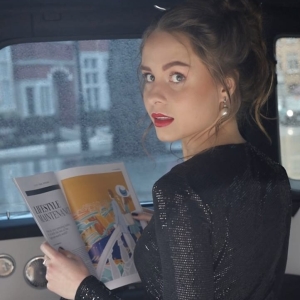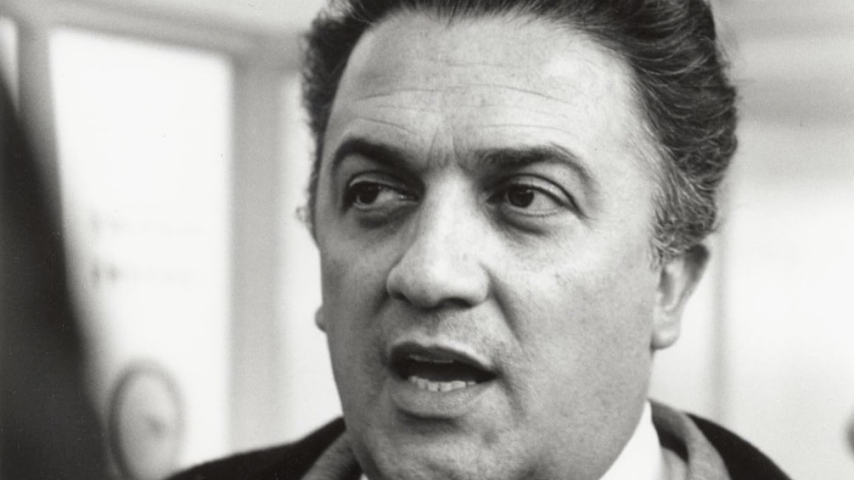
Photo credits: IMDb. Federico Fellini.
Federico Fellini, the Italian visionary whose films are a kaleidoscope of dreams, desires, and human quirks, remains one of cinema’s greatest poets. His life was as colorful as his movies—bursting with passion, contradiction, and an unyielding love for storytelling. Born in the seaside town of Rimini, Fellini spun his memories and fantasies into masterpieces that captivated the world. While Monaco, with its glitz and grandeur, never directly starred in his films, its spirit as a playground of imagination mirrors the Fellini's universe.
A Boy from Rimini, Dreaming Big
Born on January 20, 1920, in Rimini, Italy, Federico Fellini grew up in a world far from Monaco’s sparkling shores. His childhood was shaped by the salty Adriatic air, Catholic rituals, and the circus-like energy of small-town life. Young Federico was a compulsive doodler, sketching caricatures and dreaming of adventure. At 19, he fled to Rome, dodging Mussolini’s draft, and plunged into the chaotic charm of the Eternal City. There, he hustled as a cartoonist, radio writer, and gagman for comedians, soaking up the raw humanity that would later flood his films.
Fellini’s early twenties were a whirlwind. He married Giulietta Masina, a petite actress with luminous eyes, in 1943. Their 50-year partnership became the heartbeat of his work—Masina starred as his muse in films like La Strada (1954) and Nights of Cabiria (1957). Before directing, Fellini cut his teeth as a screenwriter, earning an Oscar nomination for Roberto Rossellini’s neorealist classic Rome, Open City (1945). But neorealism’s gritty constraints couldn’t hold him. Fellini craved the fantastical, and by the 1950s, he was ready to paint his own canvas.
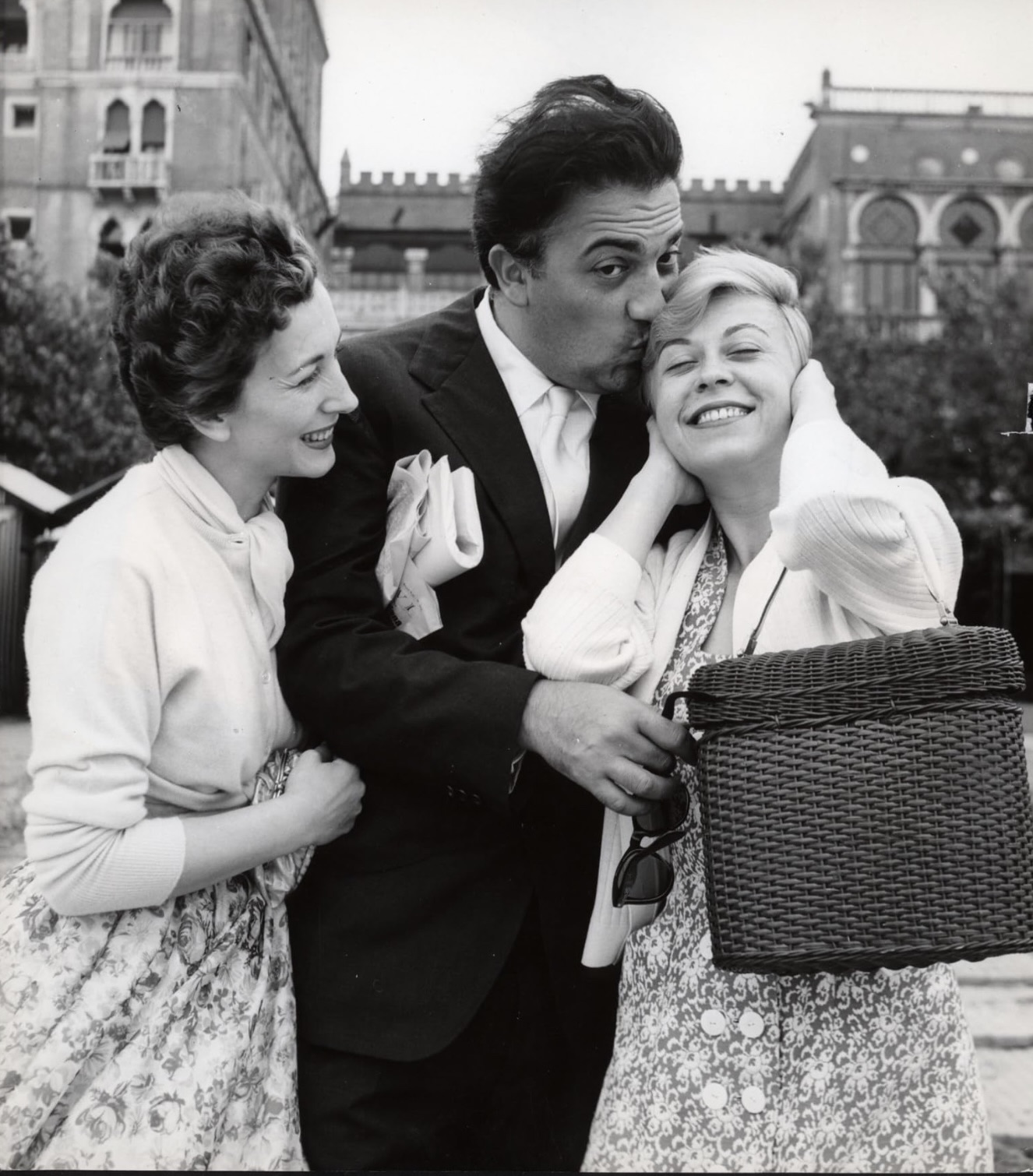
Photo credits: IMDb. Federico Fellini, Giulietta Masina, Valentina Cortese.
The Rise of a Cinematic Sorcerer
Fellini’s directorial debut, The White Sheik (1952), hinted at his knack for blending humor and heartbreak. But it was La Strada, a tender tale of a brutish strongman and a waif-like dreamer, that put him on the map, winning the first-ever Academy Award for Best Foreign Language Film in 1956. Nights of Cabiria followed, with Masina as a sex worker chasing hope in Rome’s underbelly. The film’s raw optimism earned another Oscar and inspired the Broadway musical Sweet Charity.
Then came La Dolce Vita (1960), the film that redefined cinema. Starring Marcello Mastroianni as a jaded journalist adrift in Rome’s high society, it captured the emptiness beneath glamour. The iconic scene of Anita Ekberg wading in the Trevi Fountain became a cultural touchstone, though Fellini shot it at 3 a.m. to dodge crowds. The film won the Palme d’Or at Cannes and cemented Fellini’s global fame.
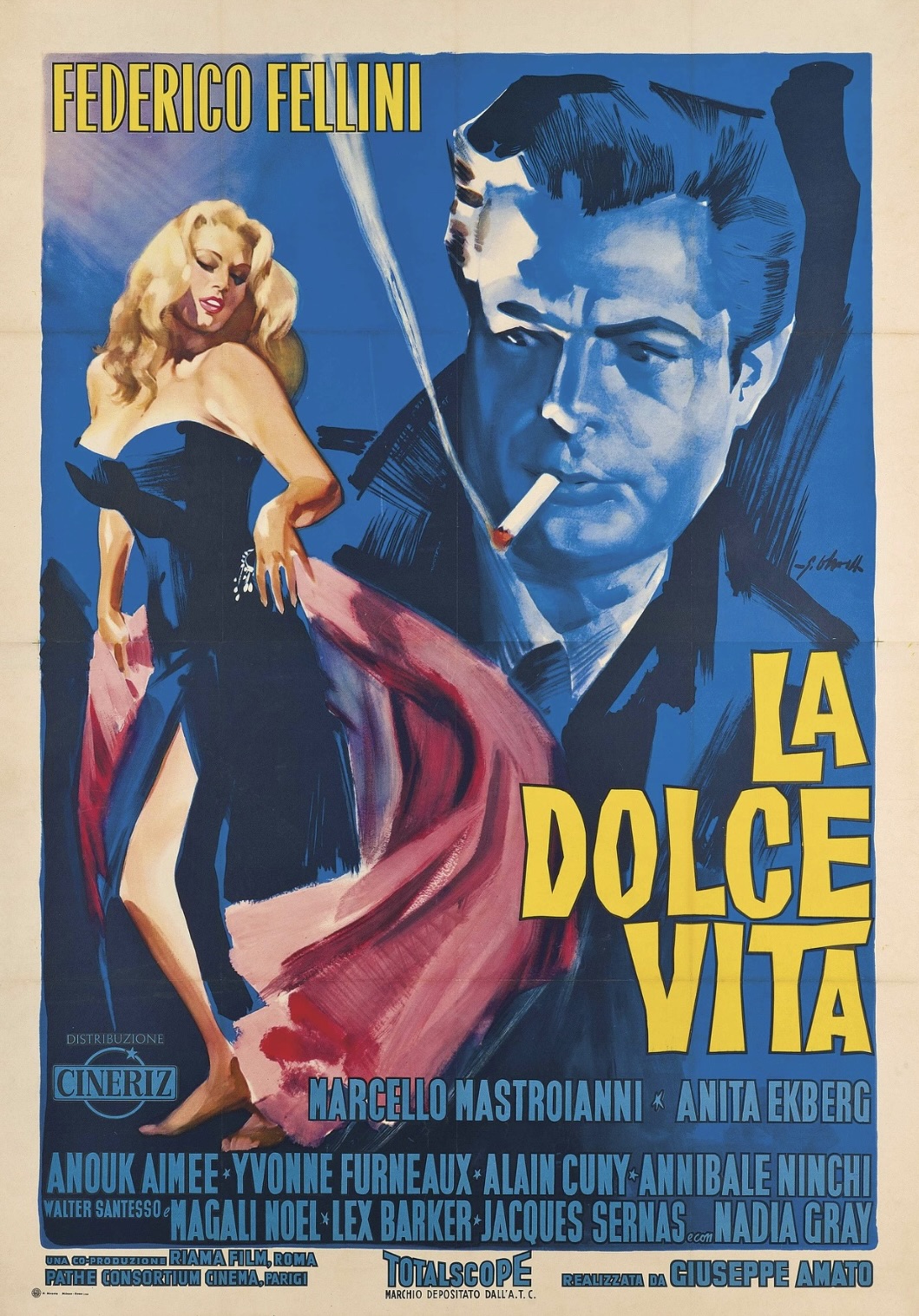
Photo credits: IMDb. “La Dolce Vita” (1960).
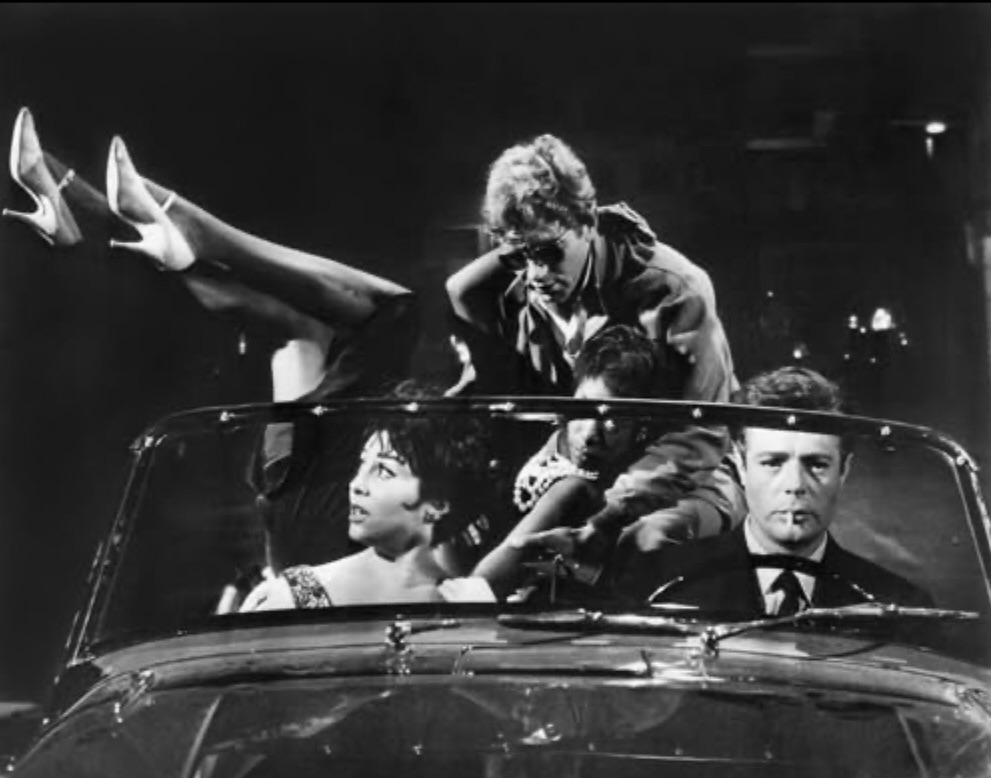
Photo credits: IMDb. “La Dolce Vita” (1960). Marcello Masteroianni, Lily Granado, Gloria Jones, Walter Santesso and Mary Janes.
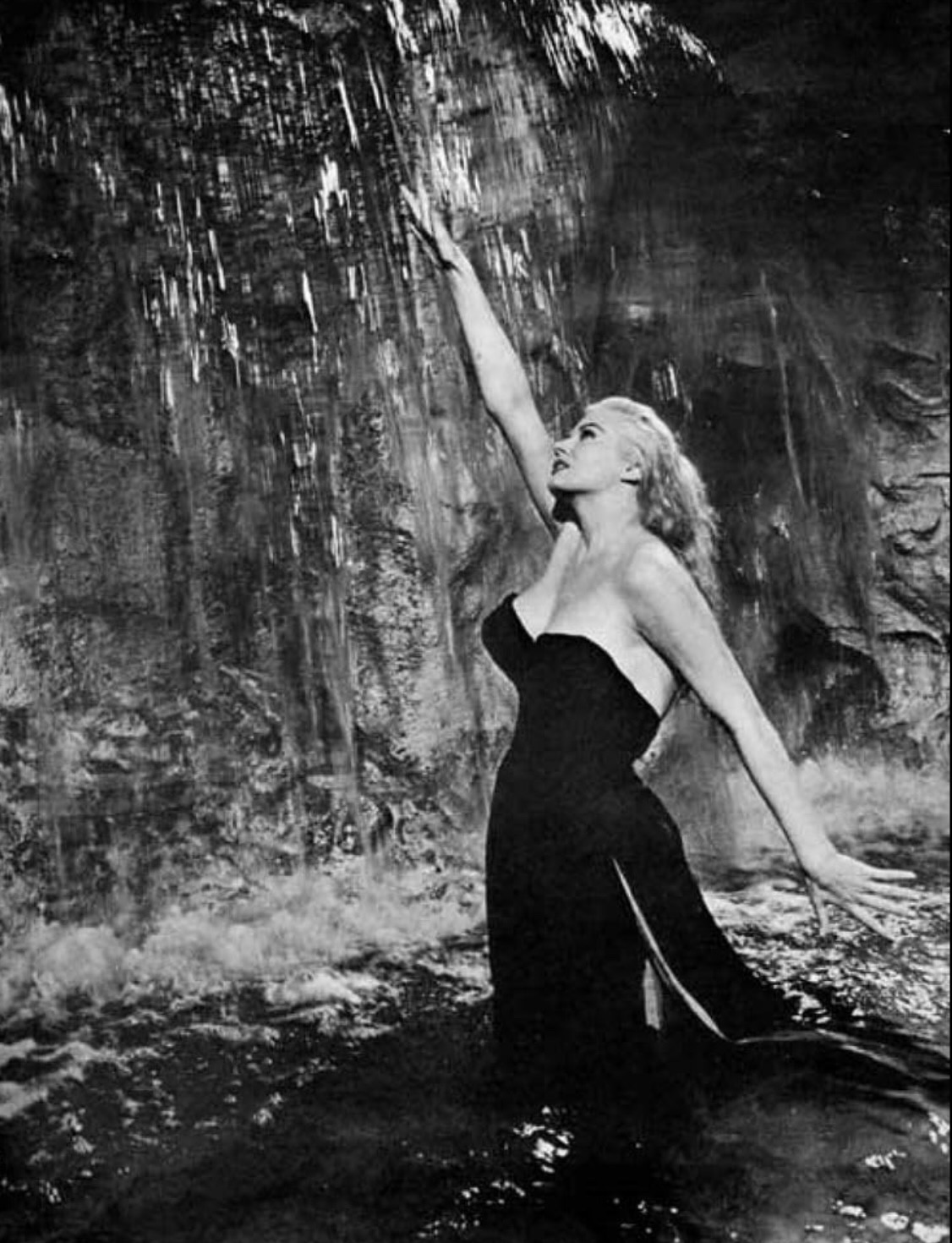
Photo credits: IMDb. “La Dolce Vita” (1960). Anita Ekberg.
Fellini’s next triumph, 8½ (1963), was a meta-masterpiece about a director (Mastroianni again) wrestling with creative block. Shot in a swirl of memories and fantasies, it’s often called one of the greatest films ever made. Fellini nicknamed it “8½” because he’d directed six features, two shorts (counted as “one”), and one co-directed film—totaling eight-and-a-half projects. The film’s chaotic shoot mirrored its plot: Fellini started without a clear script, trusting his intuition. It paid off with another Oscar.
Later works like Juliet of the Spirits (1965), his first color film, and Amarcord (1973), a nostalgic ode to Rimini, showed his range. Amarcord won yet another Oscar, bringing Fellini’s tally to four for Best Foreign Language Film, plus a 1993 Lifetime Achievement Oscar. His films weren’t just movies—they were carnivals of the soul, blending clowns, lovers, and dreamers in a dance of joy and sorrow.
Fellini’s Fascinating Quirks
Fellini was a man of paradoxes. He was famously superstitious, consulting fortune-tellers before shoots, yet he dismissed organized religion in favor of a personal spirituality. He adored comics like Flash Gordon and Mandrake the Magician, influences that seeped into his surreal visuals. His love for circuses shaped his aesthetic—La Strada and The Clowns (1970) are love letters to that world. He even claimed to have run away with a circus as a teen, though friends called it a tall tale.
Fellini’s creative process was gloriously unorthodox. He often began filming without a finished script, improvising scenes and sketching storyboards on set. For 8½, he taped notes to his camera to remember ideas. He once said he cast actors for their faces, not resumes, choosing “types” from street auditions—priests, sailors, or eccentrics—who brought his visions to life. His sets were chaotic parties, yet the results were meticulous, every frame a painting.
His connection to Monaco, while indirect, feels inevitable. The principality’s Monte Carlo Casino, with its high rollers and fleeting fortunes, could be a scene from La Dolce Vita. Monaco’s cultural venues, like the Grimaldi Forum or Princess Grace Theatre, likely screened Fellini’s classics, given their prestige and his global reach. Grace Kelly’s Hollywood-to-Monaco arc unfolded alongside Fellini’s rise, tying the principality to his cinematic era. Fellini’s films, with their parade of dreamers and decadents, echo Monaco’s own blend of fantasy and reality—a place where life feels like a movie.

Photo credits: IMDb. Federico Fellini.
The Infinite Passion of Life
Fellini’s genius lay in his embrace of life’s messiness. He once said, “There is no end. There is no beginning. There is only the infinite passion of life.” This quote captures his philosophy: existence is a ceaseless, vibrant spectacle. Whether depicting Rome’s nightlife or Rimini’s foggy streets, Fellini saw beauty in the absurd, the flawed, the fleeting. Monaco, with its yachts, galas, and Grand Prix, shares that passion—a stage where stories unfold without curtain calls.
His influence endures in filmmakers like Woody Allen, who paid homage in Stardust Memories, and Martin Scorsese, who championed Fellini’s restoration. Monaco’s film festivals, celebrating auteurs, carry his spirit forward. Fellini died in 1993, a day after his 50th anniversary with Masina, but his legacy is immortal. His 21 films, from The White Sheik to The Voice of the Moon (1990), are a testament to a man who lived to dream.

